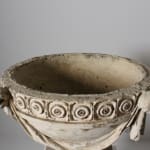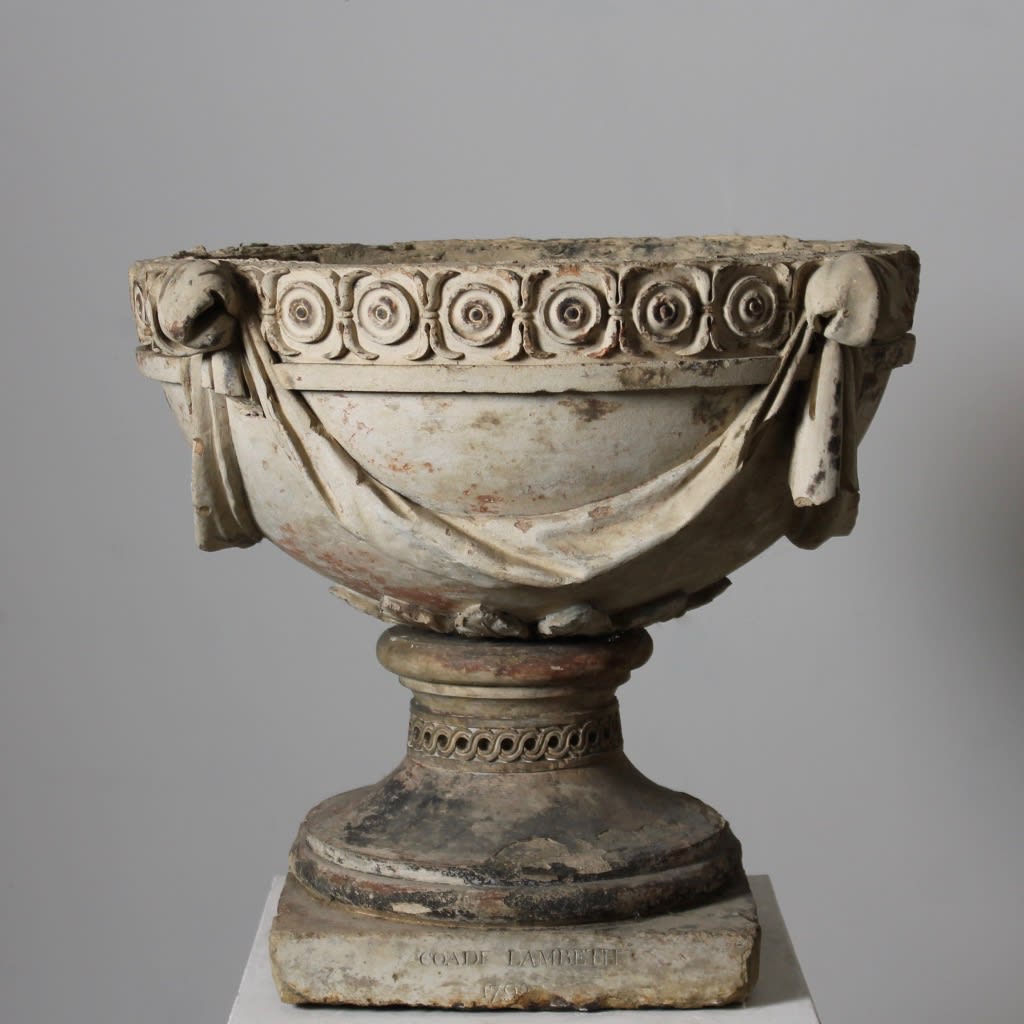Large Coade Stone Finial Fragment Dated 1795 ( sold )
A wonderfully decorative, large scale fragment of a Coade Stone finial. The bowl with crisply cast border decoration and swagged fabric with knots, the socle with a guilloche band and stamped 'Coade Lambeth 1795' the whole with nibbles and losses, no cracks, would work extremely well as a garden urn.
English Coade Stone 1795
Coade Stone:
Eleanor Coade opened her Lambeth Manufactory for ceramic artificial stone in 1769, at Kings Arms Stairs, Narrow Wall, Lambeth. Sculptor John Bacon joined the firm in 1771, providing artistic designs and helping with the running of the business until his death in 1799. Eleanor then entered into a partnership with her cousin John Sealy, it was at this point the firm became 'Coade and Sealy' and following Sealy's death in 1813 reverted back to 'Coade'. Eleanor was now eighty years old, unable to run the business herself, she employed a distant relative, William Croggan as manager. Eleanor died in 1821 and William bought the business, it became known as 'Croggon Late Coade' and later just 'Croggan'. William died in 1835 and his son Thomas John took over, eventually selling out in the early 1840's.
Coade's terracotta, famed for its durability and precise, crisp detail, resembles a fine grained stone. Coade Stone is produced in a way, that the exact size could be predicted after firing, which was so important for architects when planning their building designs. Many leading, late 18th century architects, Robert Adam, Sir John Soane, James Wyatt, James Nash amongst others, used Coade Stone in many of their projects, which is why it is to be found at the most important late 18th and early 19th century English Country Houses.
Sold
English Coade Stone 1795
Coade Stone:
Eleanor Coade opened her Lambeth Manufactory for ceramic artificial stone in 1769, at Kings Arms Stairs, Narrow Wall, Lambeth. Sculptor John Bacon joined the firm in 1771, providing artistic designs and helping with the running of the business until his death in 1799. Eleanor then entered into a partnership with her cousin John Sealy, it was at this point the firm became 'Coade and Sealy' and following Sealy's death in 1813 reverted back to 'Coade'. Eleanor was now eighty years old, unable to run the business herself, she employed a distant relative, William Croggan as manager. Eleanor died in 1821 and William bought the business, it became known as 'Croggon Late Coade' and later just 'Croggan'. William died in 1835 and his son Thomas John took over, eventually selling out in the early 1840's.
Coade's terracotta, famed for its durability and precise, crisp detail, resembles a fine grained stone. Coade Stone is produced in a way, that the exact size could be predicted after firing, which was so important for architects when planning their building designs. Many leading, late 18th century architects, Robert Adam, Sir John Soane, James Wyatt, James Nash amongst others, used Coade Stone in many of their projects, which is why it is to be found at the most important late 18th and early 19th century English Country Houses.
Sold
H 22" x W 26' x D 24 1/2"
Further images
-
(View a larger image of thumbnail 1
)

-
(View a larger image of thumbnail 2
)
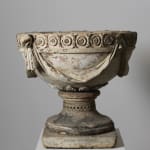
-
(View a larger image of thumbnail 3
)
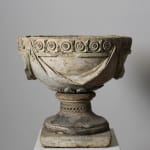
-
(View a larger image of thumbnail 4
)
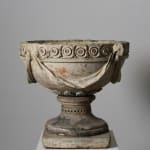
-
(View a larger image of thumbnail 5
)

-
(View a larger image of thumbnail 6
)
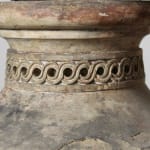
-
(View a larger image of thumbnail 7
)
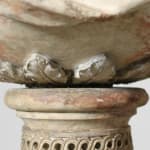
-
(View a larger image of thumbnail 8
)
